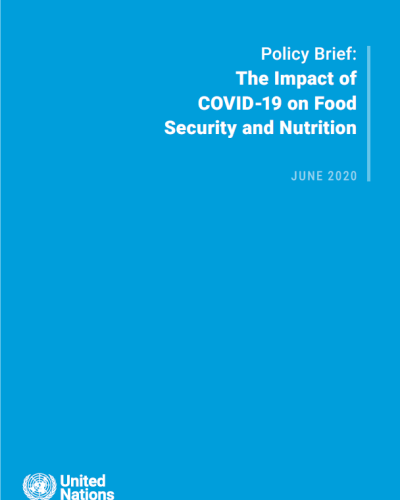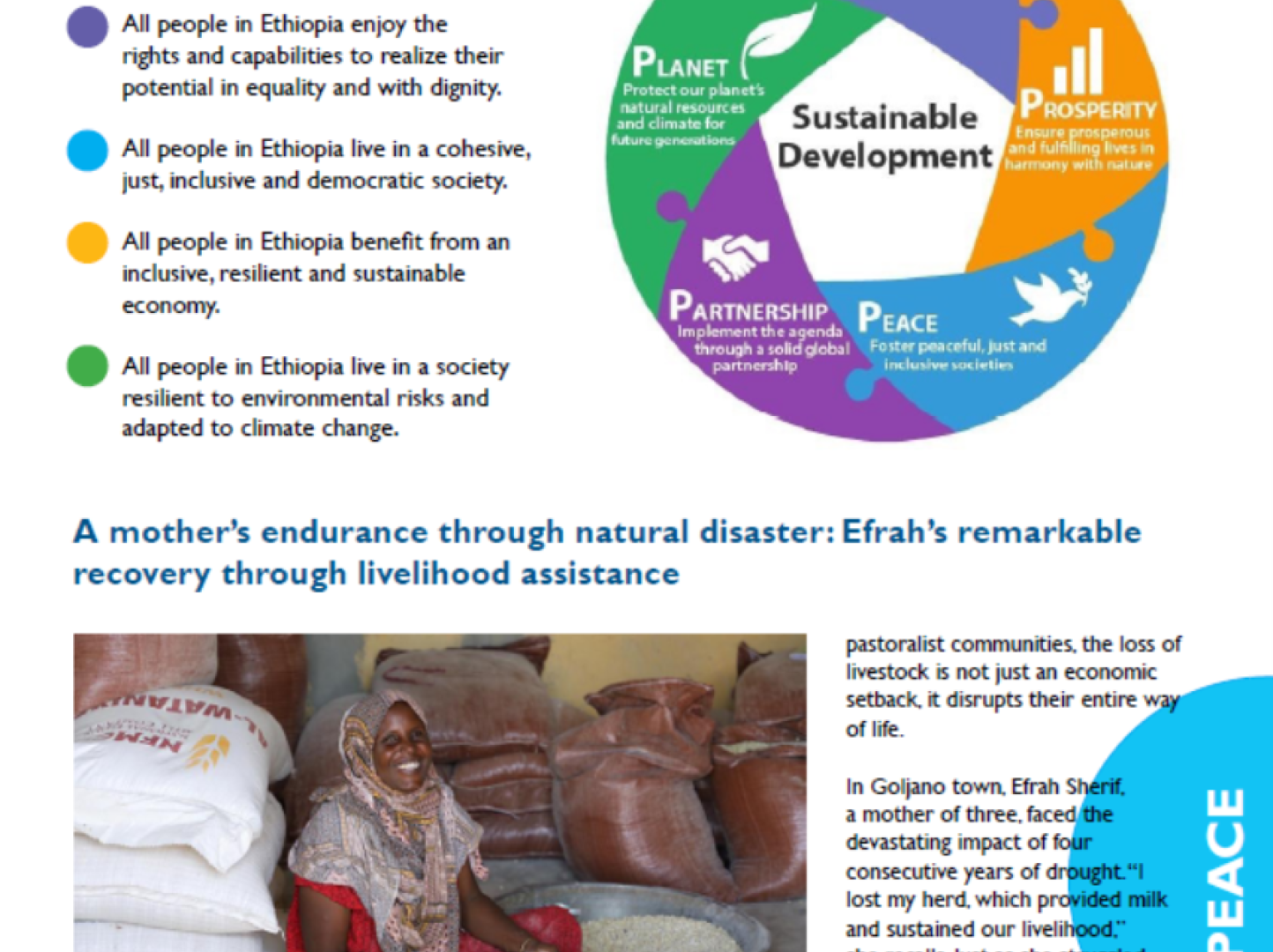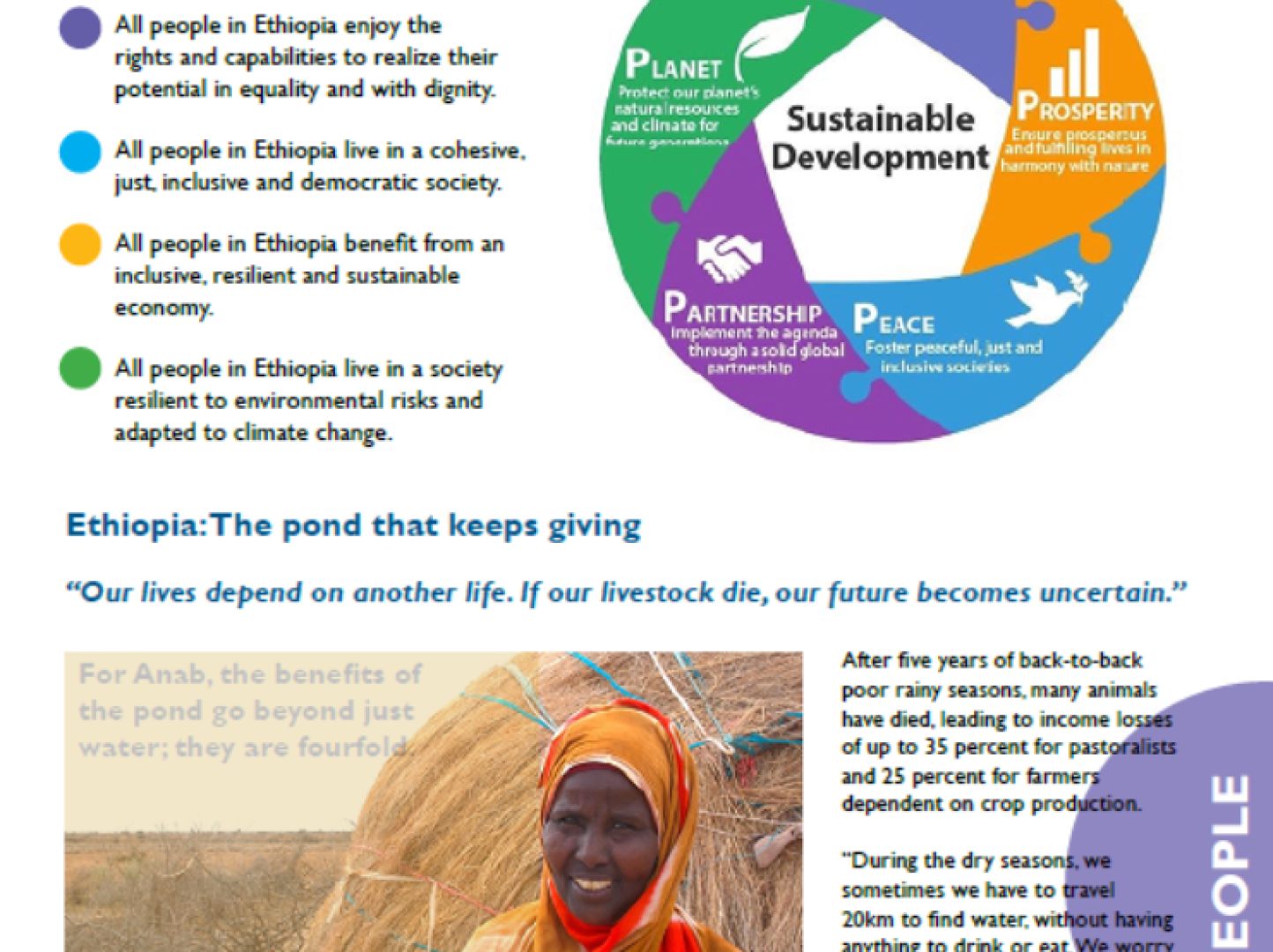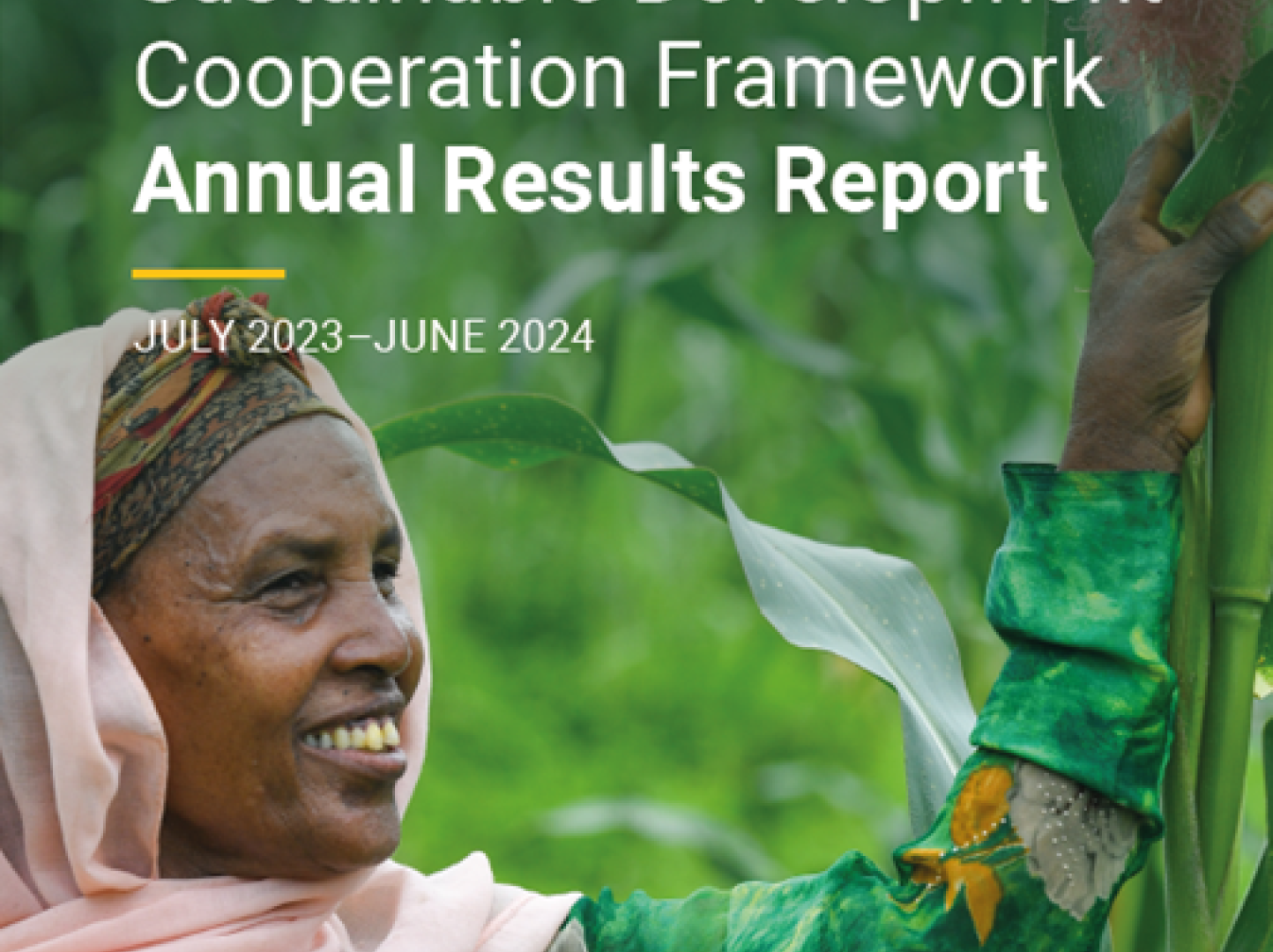Publication
Policy Brief: The Impact of COVID-19 on Food Security and Nutrition
09 June 2020

The COVID-19 pandemic is a health and human crisis threatening the food security and nutrition of millions of people around the world. Hundreds of millions of people were already suffering from hunger and malnutrition before the virus hit and, unless immediate action is taken, we could see a global food emergency. In the longer term, the combined effects of COVID-19 itself, as well as corresponding mitigation measures and the emerging global recession could, without large-scale coordinated action, disrupt the functioning of food systems.
Such disruption can result in consequences for health and nutrition of a severity and scale unseen for more than half a century.
- The pandemic hits us at a time of immense global challenges. We need to tackle all the food security and nutrition dimensions of this crisis. Addressing the COVID crisis requires us to work together across sectors and borders both to mitigate the immediate impacts and to reshape food systems so they support healthy diets for all and do more to make food production and consumption aligned to sustainable development. Measures to control or mitigate COVID- 19 outbreaks are already affecting global food supply chains. Border restrictions and lockdowns are, for example, slowing harvests in some parts of the world, leaving millions of seasonal workers without livelihoods, while also constraining transport of food to markets. Meat processing plants and food markets are being forced to close in many locations due to serious COVID-19 outbreaks among workers. Farmers have been burying perishable produce or dumping milk as a result of supply chain disruption and falling consumer demand. As a result, many people in urban centres now struggle to access fresh fruits and vegetables, dairy, meat and fish.
- Global markets in staple grains remain robust for now; following good harvests in 2019, stocks of most staple foods are adequate. Yet the vast majority of the world’s population takes its food from local markets, and food security and nutrition remain highly susceptible to disruption. High levels of unemployment, loss of income, and rising food costs are also making access to food difficult for many. Prices of basic foods have begun to rise in some countries at a time when people have less money in their pockets.
- Prior to the onset of this pandemic, more than 820 million people were already identified as chronically food insecure. The latest data shows that the food security of 135 million people was categorised as crisis level or worse.3 That number could nearly double before the end of the year due to the impacts of COVID-19.4 Similarly, the number of children under the age of five years who are stunted now stands at 144 million. That is more than one in five children worldwide.The number of children who are classified as wasting is currently 47 million. These numbers could grow rapidly. As of late May, 368 million school children were missing out on daily school meals on which they depend. The pandemic could push about 49 million people into extreme poverty in 2020. Each percentage point drop in global GDP is expected to result in an additional 0.7 million stunted children. These income effects combined with other supply shocks could lead to a rapid increase in the number of people acutely food or nutrition insecure in the coming three to four months.
- Actors in all parts of the food system are impacted by this pandemic. Deep global economic shocks caused by COVID-19 will impact the cash flow and financial liquidity of producers, small and medium agri-businesses to financial institutions, due to inhibited production capacity, limited market access, loss of remittances, lack of employment, and unexpected medical costs. As countries continue to roll out sizable relief and stimulus packages, the needs of food system actors deserve focused attention. Targeted measures to alleviate liquidity constraints on vulnerable firms and households can help facilitate continued production and people’s access to adequate food and nutrition. But care should be taken to adapt to local circumstances; many bottlenecks to food supply cannot be addressed by social protection alone. Government procurement and public distribution can be important expedients to preserve food system functioning and avoid food price inflation. Social protection should include smallholder farmers and their families whose numbers include more than two billion of the world’s poorest and most vulnerable people, and food workers in all sectors. Supporting developing countries with increased availability and rapid deployment of international funds to address liquidity shortages and free up fiscal space is therefore crucial. The Secretary-General has called for a debt standstill and, ultimately, debt restructuring for developing countries. Commodity- and tourism- dependent economies will be in particular need of comprehensive debt restructuring to enable the fiscal space necessary to support people’s nutritional needs alongside efforts to stimulate growth and accelerate recovery.
- Moreover, the pandemic came at a time when food security and our food systems were already under strain. Conflict, natural disaster, climate change, and the arrival of pests and plagues on a transcontinental scale preceded COVID-19 and were already undermining food security in many contexts. For example, in East Africa, people are facing a “triple menace” of mutually exacerbating disasters, as ongoing heavy rain hampers attempts to deal with swarms of locusts in the midst of the COVID-19 outbreak.Meanwhile, the worst locust crisis in decades threatens crops heading into the harvest period. The COVID-19 pandemic also raises the alarm on the urgent need to transform the world’s food systems. Globally, food systems remain a driver of climate change and the planet’s unfolding environmental crisis. Food systems contribute up to nearly a third of all greenhouse gas emissions and have contributed to substantial biodiversity loss.There is an urgent need to rethink rapidly how we produce, process, market, consume our food and dispose of waste. This crisis can serve as a turning point to rebalance and transform our food systems, making them more inclusive, sustainable and resilient.
- The following brief examines these dimensions of the challenge and suggests three mutually reinforcing sets of priority actions to address the immediate, near- and medium- term needs to protect people during and beyond the crisis, and – ultimately – to reshape and build resilient food systems.
Published by
UN




